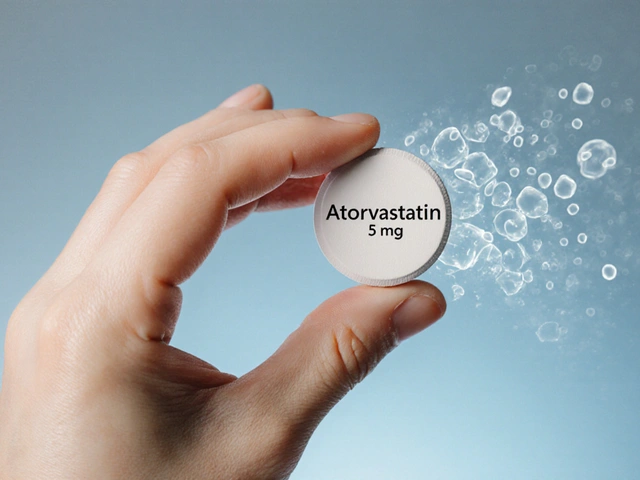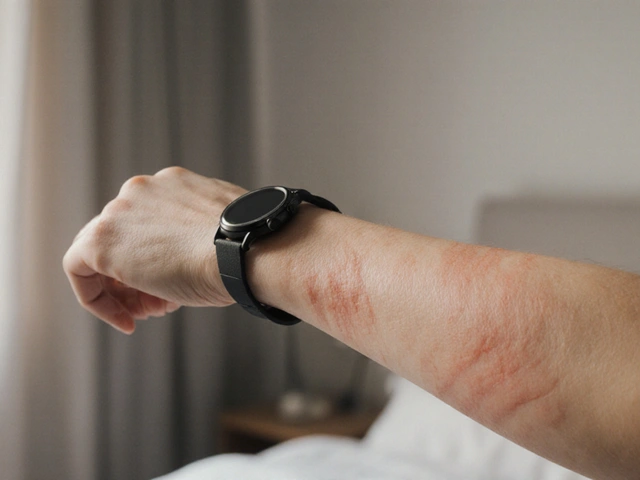Infection treatment: clear, practical steps for when you’re sick
Infections are common, but treating them badly makes things worse. This page collects practical guides on which antibiotics work for dental and parasitic infections, safer alternatives to common drugs, and how to buy meds online without risking your health.
Quick treatment rules you can use today
If you have fever, spreading redness, high pain, shortness of breath, or confusion—get medical help now. For milder symptoms, a quick triage helps: is it localized (ear, tooth, skin) or systemic (fever, chills)? Local issues often need targeted treatment; systemic signs usually need a prescription and blood tests.
Finish the full antibiotic course your doctor prescribes. Stopping early breeds resistance. Keep a list of allergies and current meds—some antibiotics interact with common drugs, and allergies can be life-threatening.
Never self-prescribe strong antibiotics you found online. If you need medication quickly, ask a pharmacist or your physician for guidance and proper dosing.
Practical options and safety tips
Dental infections: aside from metronidazole (Flagyl), good alternatives include amoxicillin, amoxicillin/clavulanate, and clindamycin when there’s penicillin allergy. Topical options exist for surface infections, but deep abscesses often need both drainage and antibiotics. If a tooth abscess comes with fever or swelling spreading to the face or neck, go to urgent care.
Parasitic infections: mebendazole alternatives in current practice include albendazole, ivermectin, and pyrantel pamoate depending on the parasite. Drug choice depends on the specific worm and local resistance patterns—lab confirmation helps pick the right drug.
Antibiotic stewardship matters. Ask your provider why a drug is chosen and what to expect. If you spot worsening symptoms after starting antibiotics, call your clinician rather than switching meds yourself.
Buying meds online: only use licensed pharmacies that require a valid prescription. Check for clear contact info, verified pharmacy seals, and real pharmacist access. Avoid websites offering strong antibiotics or controlled drugs without any prescription. Keep receipts and medicine labels and verify active ingredients match what your doctor ordered.
Storage and disposal: store medicines in a cool, dry place unless the label says otherwise. Don’t save leftover antibiotics for “next time.” Dispose of unused meds through a pharmacy take-back or follow local disposal rules.
Want deeper reading? We’ve rounded up useful articles below with short notes to help you pick what to read next.
Recommended reads:
- Top Oral and Topical Antibiotics for Dental Infections — alternatives to metronidazole and when to use them.
- Exploring 7 Mebendazole Alternatives in 2025 — practical options for parasitic infections.
- Lavipharm Acquires Flagyl from Sanofi — industry update that affects availability of metronidazole.
- How to Buy Plavix Online Safely — steps and red flags that apply to buying any prescription medicine online.
If you’re unsure which path to take, ask a clinician or pharmacist and bring a photo of your symptoms. Quick, correct action prevents complications—and that’s the whole point.






